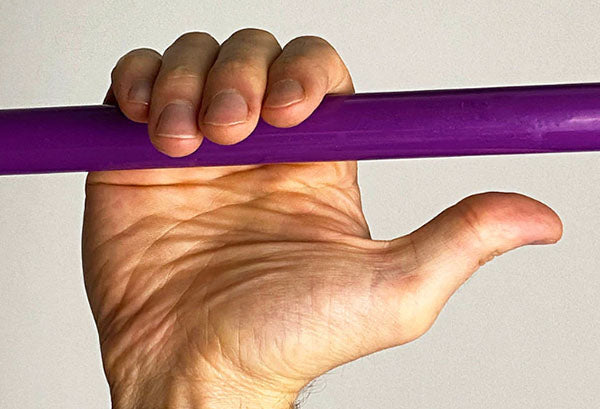When it comes to assessing our physical capabilities, one often overlooked yet vital aspect is grip strength. A grip strength test is a simple yet informative measure that can unveil valuable insights about our muscular strength, functional abilities, and overall well-being. In this article, we will explore the significance of the grip strength test, its implications for various aspects of our lives, and how we can improve our grip strength to enhance our physical performance.

The grip strength test involves measuring the force exerted by the muscles of the hand and forearm during a grip. This test serves as a key indicator of overall muscular strength and provides valuable information in the following areas:
1. Muscular Strength Assessment
The grip strength test is a reliable and practical method to evaluate an individual's muscular strength. It reflects the strength and coordination of the muscles in the hands, wrists, and forearms, which are crucial for a wide range of activities.
2. Functional Performance
A strong grip is essential for performing daily tasks efficiently. Whether it's carrying groceries, opening jars, or participating in sports activities, grip strength directly impacts our ability to manipulate objects, maintain stability, and prevent injuries.
3. Injury Prevention
A weak grip may increase the risk of developing certain musculoskeletal conditions, such as carpal tunnel syndrome or tennis elbow. The grip strength test can help identify potential weaknesses or imbalances that may contribute to these injuries, allowing individuals to take preventive measures and implement targeted exercises.
4. Overall Health Assessment
Studies have demonstrated a correlation between grip strength and various health parameters. Grip strength has been associated with cardiovascular health, metabolic health, functional independence in older adults, and even mortality risk. By evaluating grip strength, we can gain insights into our overall health and potential areas of improvement.
Fortunately, grip strength can be enhanced through targeted exercises and training. Here are a few strategies to improve grip strength:
1. Resistance Training
Incorporate exercises that specifically target the muscles of the hands, wrists, and forearms. This may include exercises like wrist curls, finger extensions, and gripping exercises using resistance bands or hand grippers.
2. Functional Movements:
Engage in activities that require gripping and hanging, such as rock climbing, pull-ups, or kettlebell swings. These movements challenge the grip and build overall upper body strength.
3. Hand-Eye Coordination:
Participate in activities that demand hand-eye coordination, such as playing racquet sports, martial arts, or musical instruments. These activities enhance motor skills and grip strength simultaneously.
4. Progressive Overload:
Gradually increase the intensity and resistance of your grip exercises over time to continually challenge and stimulate muscle growth and strength gains.
Conclusion
Grip strength test with hand dynamometer can provide insight into our muscular strength, functional ability, and overall health. By recognizing the effects of grip strength and actively working to improve it, we can improve our physical performance, reduce our risk of injury and promote overall health. Incorporating grip strengthening exercises and functional movement into our fitness program can dramatically strengthen our grip and unlock our full body potential. So take the grip strength test as a valuable assessment tool and embark on a journey of strengthening your grip and increasing your body strength.











